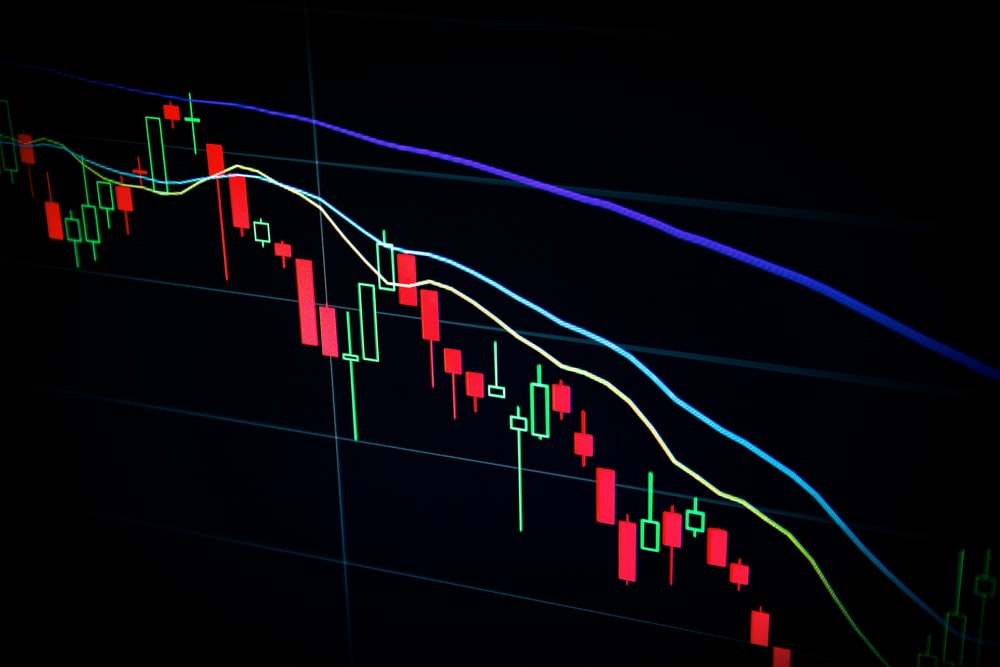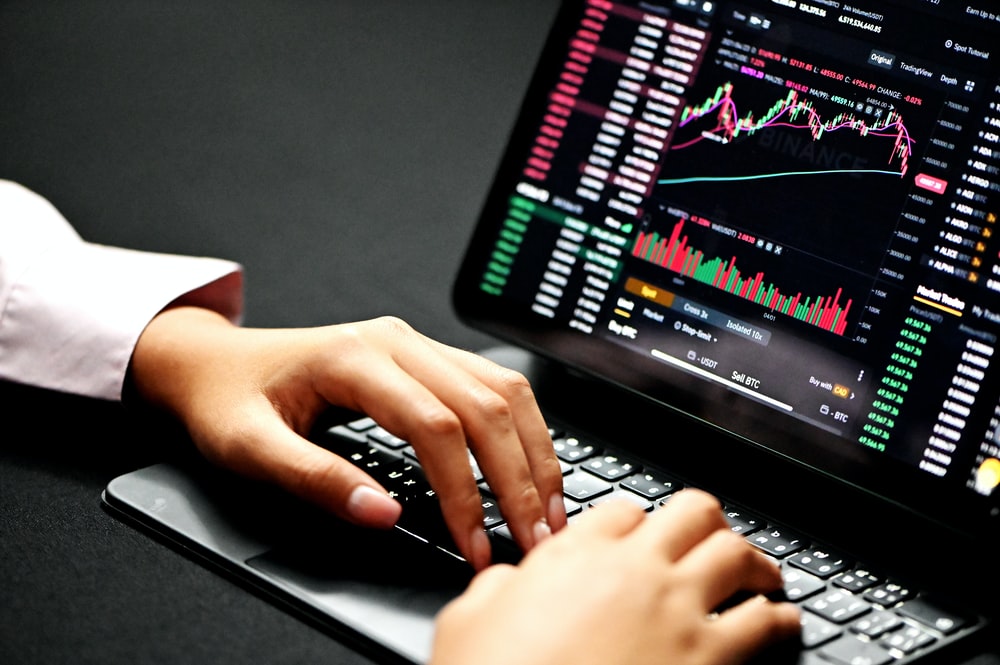Backtesting trading strategies is a tedious process, but it can be made easier with the right tools. The Python library Quantopian provides a set of easy-to-use tools for backtesting and analyzing trading strategies. It can be used by traders of all skill levels, from beginners to professionals. In this post, we will go over some basic concepts of backtesting trading strategies and show how to apply them using Quantopian’s APIs!
Here we are going to discuss 4 basic things that must know before doing backtest trading with Python.
What is backtesting?
Backtesting is the process of testing a trading strategy based on historical data. It is used to determine if a trading strategy will be profitable in the future and/or if it can be modified for increased profitability.
If you want to build your automated trading system, backtesting is an integral part of your workflow. If you have no previous experience with Python or machine learning, this article will help get you started by explaining how backtesting works and why it’s useful for building strategies that work well in real-time markets.

Data preparation
As you can imagine, data preparation is a crucial step in this process. It may seem simple at first glance, but many things can go wrong here.
As a general rule, you want to make sure that your data is clean and accurate. This means making sure it’s the right type of data (e.g., time series or cross-sectional), has the right format (e.g., CSV files or Excel spreadsheets), and has the right structure (e.g., columns with headers). You also need to make sure that your dataset has enough observations for your analysis (more on this in the next section). Finally, if you’re using historical stock exchange data as part of your backtest trading strategy, then it’s important to know what kind of volume they have; otherwise, it might be impossible for you to run tests on this kind of stock exchange because there isn’t enough information available from previous years’ trades!
Backtesting strategy
A backtest is a simulation of historical data. In this way, it can be used to determine the performance of a trading strategy.
There are many different types of backtesting strategies and each type has its advantages and disadvantages. The best way to start with a backtesting strategy is to look at what kind of information you have about your portfolio and how much time you want to spend on research before deciding which way would work best for you. If you have limited resources available then often due to other real-world commitments or limited time, then some simple methods can be applied such as paper trading where no real money is invested and everything happens in practice only while if someone wants more advanced tools they should choose something else like genetic algorithms which offers great potential but requires more experience.

Backtesting trading strategies with python
Backtest trading with python. The main steps involved in backtesting a stock trading strategy are:
Create a dataset of historical prices for the asset you want to trade on.
Use the pricing data that was used during training and test your model against this data.
Evaluate how accurate your model’s predictions were over time by comparing them with actual market prices.
In this post, we covered what backtesting is, and its main steps. We also discussed the advantages of using Python for backtesting trading strategies. If you still have any questions about backtesting trading strategies with Python feel free to ask us in the comments below!
